Mar 102014
What is the woman’s movement?
A BOY asked this of his high school teacher in Los Angeles in 1972. He was taking a U.S. History class and had seen the brand new Ms. Magazine.
THIS question led to what we now know, celebrate and honor as Women’s History Month!
Molly MacGregor, twenty-six year old history lover was this boy’s social studies teacher. Molly gave me, Cultural Herstorian Amy Simon, a good hour of her valuable time for an interview and I got the story. And it is a GREAT story of passion, politics, persistence and triumph, proving once again what Cultural Anthropologist Margaret Mead said that was oh so right: “Never doubt that a small group of thoughtful committed citizens can change the world. Indeed, it is the only thing that ever has.”
Molly said it was on a Friday when the boy asked the question, “what is the Women’s Movement,” and she was glad, because, she said, “I needed the weekend to come up with the answer.” So she says to the boy, “that’s a good question.” She goes home and searches in her own personal extensive library of history books – looking for information and finds ONE BOOK called Freedom Ferment with ONE chapter on Seneca Falls (home of the first Women’s Convention) and that was it!
So a seed was planted.
HERMONIOUS CONVERGENCE
In 1972, Congress FINALLY said yes to the Equal Rights Amendment (first brought to the House and the Senate by its author – the great Alice Paul – way back in 1923). It was on its way to ratification (thirty-five out of the necessary thirty-eight states passed) when Republican, lawyer, and anti-feminist mother Phyllis Schlafly, used her impressive organizational skills, personal passion, and powers of persuasion and got it stopped.
This was smack in the middle of the birth of the whole women’s studies program (in Molly MacGregor’s home state of California), “which started as an informal program in 1970 at San Diego State University,” said Molly. It was made an official department in 1975 – the first of its kind – only after a a small group of thoughtful committed citizens – students, faculty and community women – got together and LOBBIED for it.
By this time, Molly MacGregor had created a weekend summer school course at Sonoma State College called SEXISM IN EDUCATION, inspired by a project she had assigned to her high school students. “Go into the library and do an analysis on resources for women’s history.” Molly says, “they found between three and seven books that had NOT BEEN checked out for five to fifteen years! Why hadn’t they been checked out? Because they had not been assigned.” Molly’s SEXISM IN EDUCATION class, had thirty-six students. “Eighteen girls and eighteen boys”, she said. The boys did a slideshow on Freedom Ferment’s one chapter on Women’s History – Seneca Falls – and the Declaration of Sentiments, an amazing, herstorical document which was drafted there. A bunch of fabulous FIRST WAVE feminists – men and women – led by Elizabeth Cady Stanton – did the drafting of The Declaration of Sentiments WAY BACK in 1848 at The First Women’s Convention which was held in Seneca Falls, New York. It is based on the Declaration of Independence – our founding fathers list of eighteen grievances against King George. They just substituted MEN for KING GEORGE.
Why Seneca Falls? It was where Elizabeth Cady Stanton lived. She had three little boys and did not want to schlep them, so she made everyone come to her!
So back to Molly MacGregor. “Now it’s 1976 – 1977, and I’m in graduate school in Sonoma, California. I approach the all female committee of the Education Task Force of the Sonoma County Commission on the Status of Women and tell them they need to institute a Woman’s History Week – for obvious reasons – but I lay it all out and with me spearheading – we go to the Administrative Council for the whole COUNTY. All the school districts – thirty-eight people. ALL MEN with ONE WOMAN, who happened to be a Dean. I present my proposal explaining why there should be a Woman’s History Week.”
Molly chooses March 8th to coincide with International Woman’s Day (an early 1900s movement inspired by ‘women’s oppression and inequality’). She puts all of this into her proposal. “I made it a multi-cultural perspective aimed at girls, emphasizing the need for math and science to improve their income,” says Molly. A statistical report had been released in California that nine out of ten girls would be working outside of the home. “It was an easy, easy sell,” Molly tells me and she joins the commission. They invite community women to come in to the schools and present themselves as role models for a week and it really takes off big. The next year (1979) it’s an even bigger event and they have this big parade.
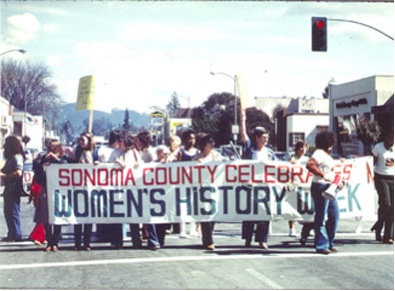
And they take photos and get publicity and Molly MacGregor gets invited to this nineteen day big Summer Institute – at Sarah Lawrence College in New York organized by Gerda Lerner and the Women’s Action Alliance. Gerda Lerner (who died January 2013) was a women’s studies pioneer. She taught the very first women’s studies courses – a major major force behind Women’s Studies and Women’s History becoming a respected discipline. “She cannot be given enough credit,” says Molly.
So Molly MacGregor shows Gerda Lerner this curriculum she developed – her Women’s History Week – and Gerda Lerner gets behind it. “There were other major scholars there – Amy Swerdlow, Alice Kessler Harri,” (both historians and scholars), “and other very prominent scholars,” says Molly – all who were totally impressed with Molly’s efforts and success in Sonoma. Some of these very prominent scholars were friends with – guess who? President Carter! They organize and start promoting Molly’s idea for Women’s History Week. Molly goes back home to Sonoma, drops out of Grad School and creates the National Women’s History Project in 1980.
“I’ll never forget this,” Molly tells me, “it’s February, 1980 and I’m sitting at my desk and I get a call – FROM THE WHITE HOUSE! It was the Special Assistant To President Carter – Sarah Weddington.”
Yes, THAT Sarah Weddington, of Roe v Wade fame. (Weddington was the twenty-six year old Texas lawyer who successfully represented Jane Roe).
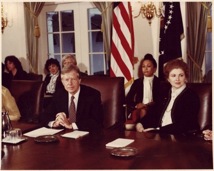
-
PHOTO BY THE WEDDINGTON CENTER, COPYRIGHT 2008 SARAH WEDDINGTON
A White House meeting on women’s issues attended by Weddington (right) and President Jimmy Carter.
“She told me President Carter is declaring the week of March 8th, 1980 as National Women’s History Week!”
“It took six years after that,” said Molly, “to make it Women’s History Month.”
Read about the rest of the Congressional journey here http://www.nwhp.org/whm/history.php that ended in 1987 when Congress declared March as National Women’s History Month in perpetuity. A special Presidential Proclamation is issued every year which honors the extraordinary achievements of American women.
A student asks a question. A teacher searches for an answer. A Government steps up, women are celebrated and honored and there is actual Women’s Movement!
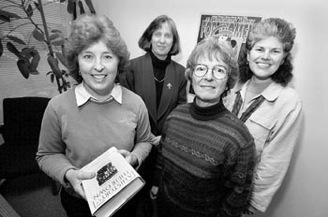
-
Putting life in perspective: National Women’s History Project cofounders Molly Murphy MacGregor, left, Paula Hammet, Mary Ruthsdotter, and Maria Cuevas
Visit Molly’s website at The National Women’s History Project. http://www.nwhp.org
Today, the NWHP is known nationally as the only clearinghouse providing information and training in multicultural women’s history for educators, community organizations, and parents-for anyone wanting to expand their understanding of women contributions to U. S. history.
The enduring goal of the NWHP is to “make history” accurate by continuing to recognize and celebrate women’s authentic contributions through its current and future projects.
Amy Simon
SHE’S HISTORY!
amysimon@sheshistory.com
sheshistory.com
March 2014
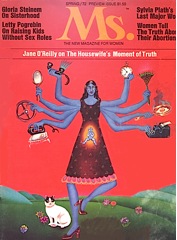
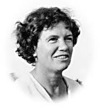
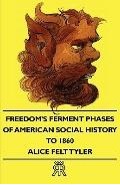
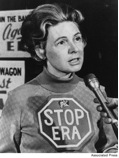

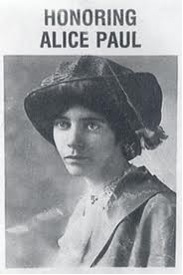

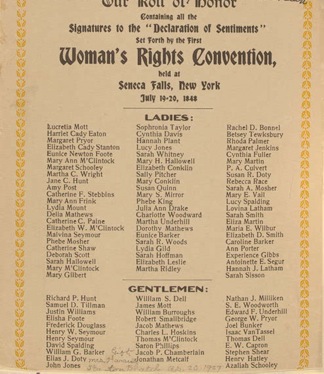
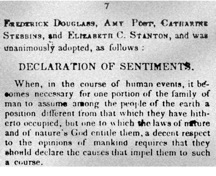
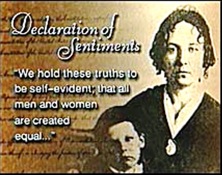
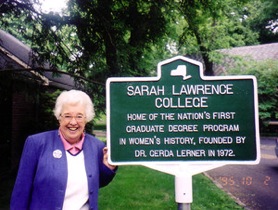

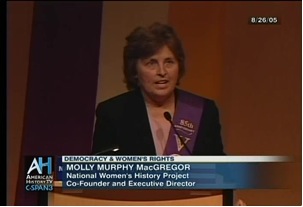
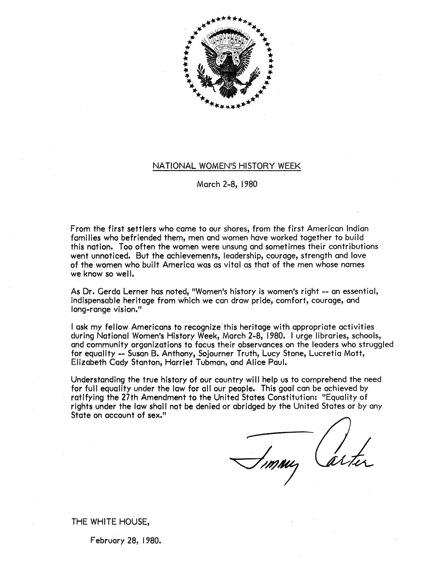
[…] (L to R) Molly Murphy MacGregor, Paula Hammet, Mary Ruthsdotter, Maria Cuevas via sheshistory […]